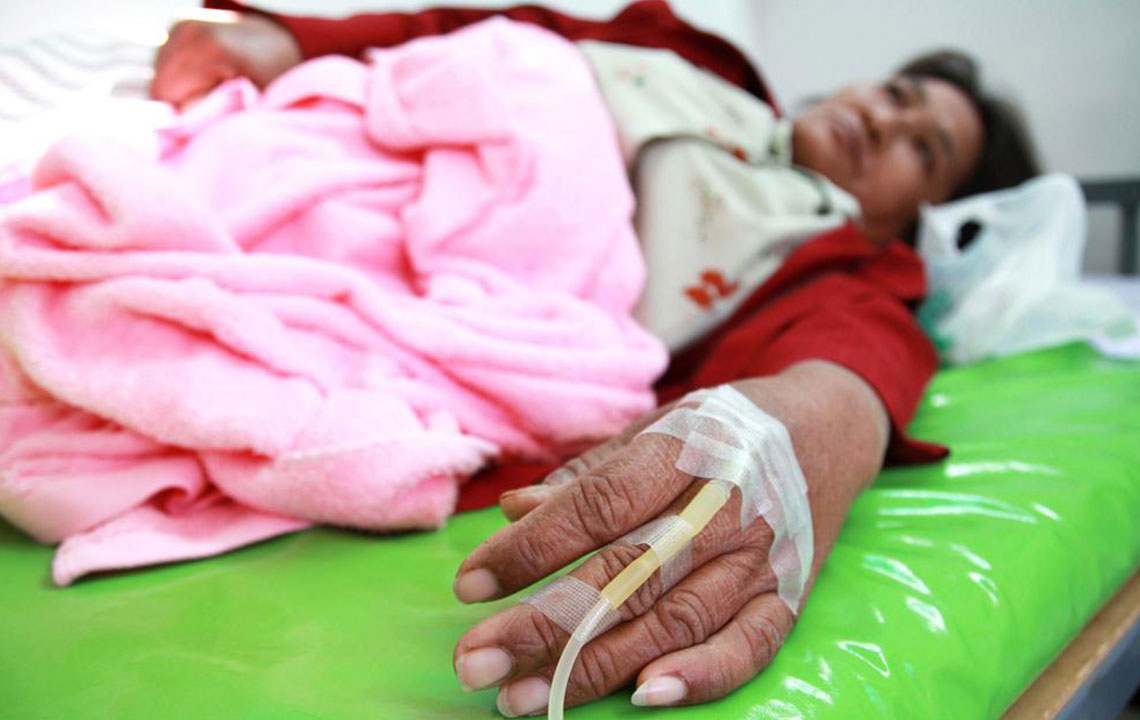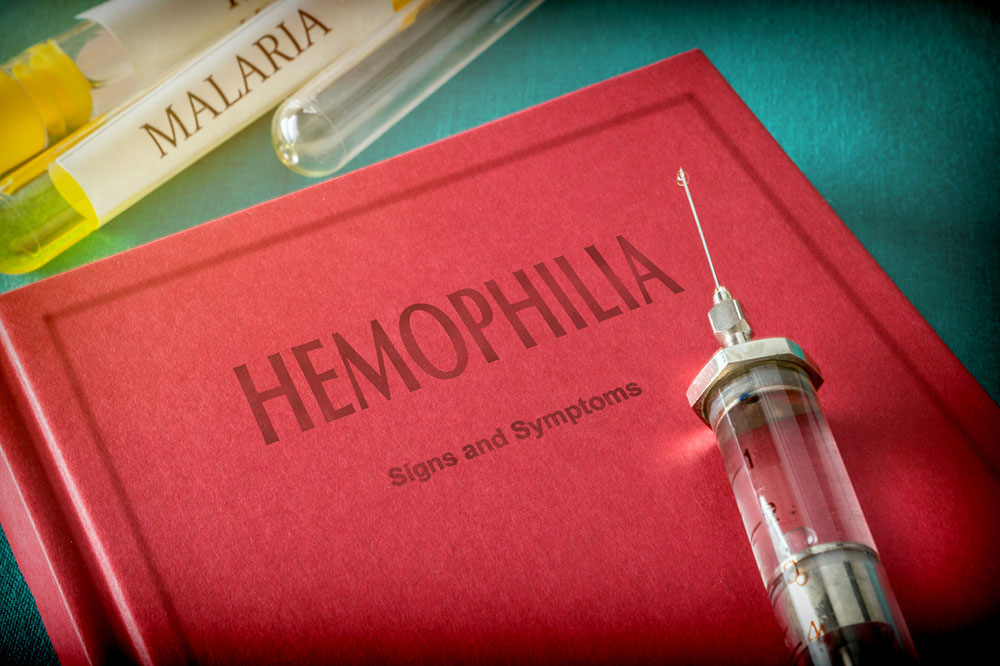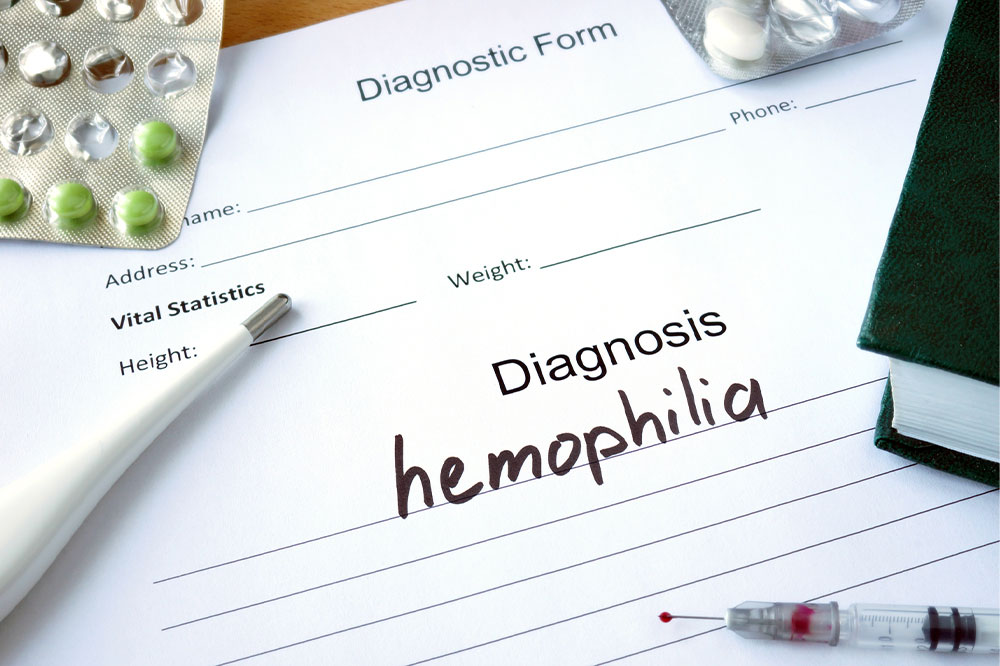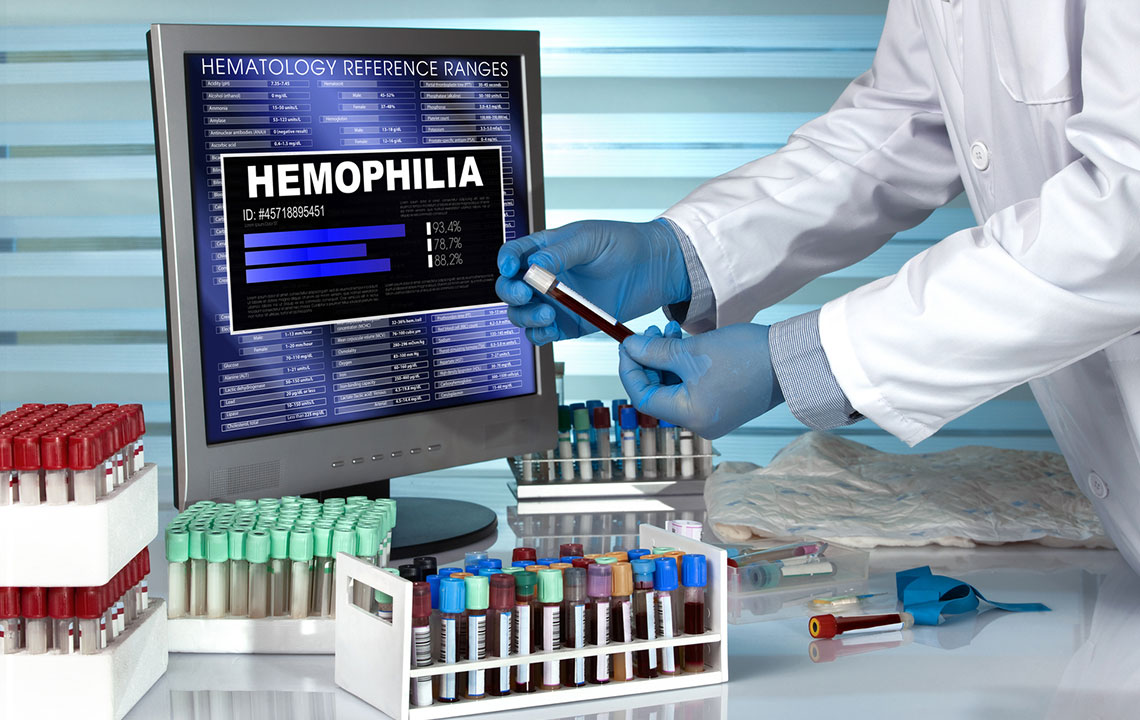Understanding Hemophilia: Causes, Diagnosis, and Management Strategies
Hemophilia is a hereditary bleeding disorder caused by clotting factor deficiencies. This article covers its diagnosis, symptoms, treatment options like replacement and prophylactic therapy, and preventive measures. Understanding these aspects can help manage hemophilia effectively and prevent complications.
Sponsored

Hemophilia is a genetic disorder affecting the blood's ability to clot properly. Normally, when injury occurs, the body activates a process called the coagulation cascade, where platelets and clotting factors work together to form a stable clot. In hemophilia, a deficiency or absence of certain clotting factors leads to prolonged bleeding. Currently, approximately 20,000 individuals in the country live with hemophilia.
To diagnose hemophilia, medical history and blood tests are essential. A blood sample measures clotting factor levels, classified as mild (5-40%), moderate (1-5%), or severe (<1%).
When should you seek medical attention?
If experiencing symptoms like severe headache, vomiting, neck pain, vision issues, excessive sleepiness, or continuous bleeding, immediate medical care is crucial. Pregnant women exhibiting these symptoms should consult a healthcare provider promptly.
Available treatment options for hemophilia
Replacement therapy: This involves supplementing missing clotting factors via injections. These factors can be derived from human plasma or produced synthetically, known as recombinant factors, which minimize infection risks.
Prophylactic therapy: Regular administration of clotting factors to prevent bleeding episodes, mainly recommended for severe Hemophilia A.
Demand therapy: Treatment administered during uncontrollable bleeding episodes.
Additional therapies: Medications like anti-fibrinolytics help prevent clot breakdown, and topical agents such as Fibrin sealants aid wound healing. Vaccinations against hepatitis A and B are also recommended for hemophilia patients.
Prevention tips for hemophilia
While there is no cure, steps can be taken to reduce bleeding risks and protect joints. These include regular exercise, avoiding blood-thinning medications like aspirin and NSAIDs, maintaining good dental hygiene, and receiving preventive clotting factor injections for Hemophilia A and B.






